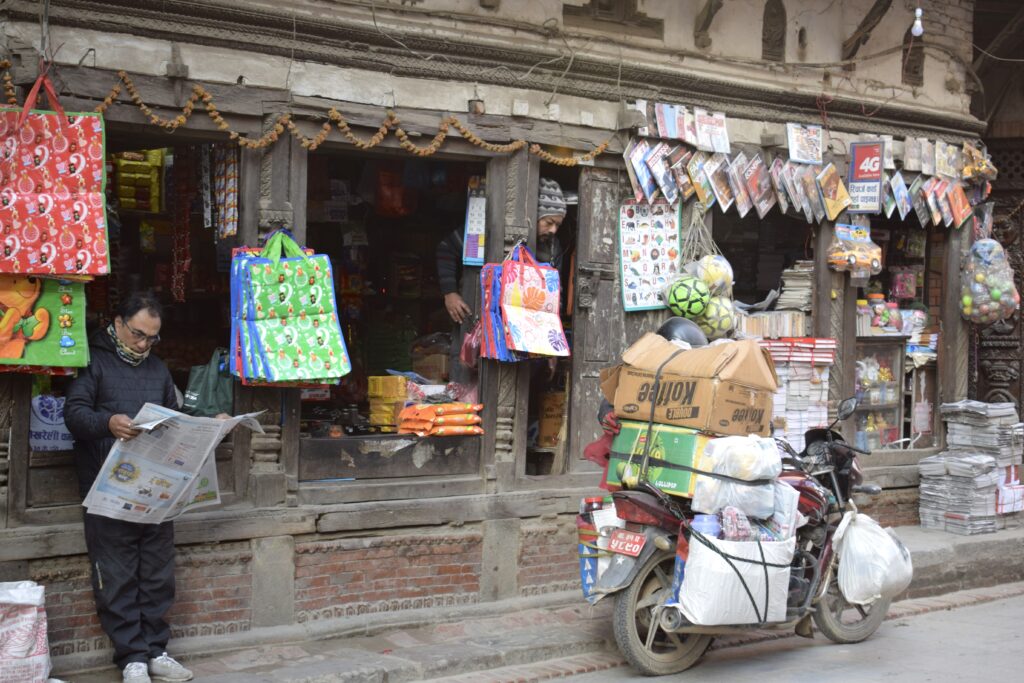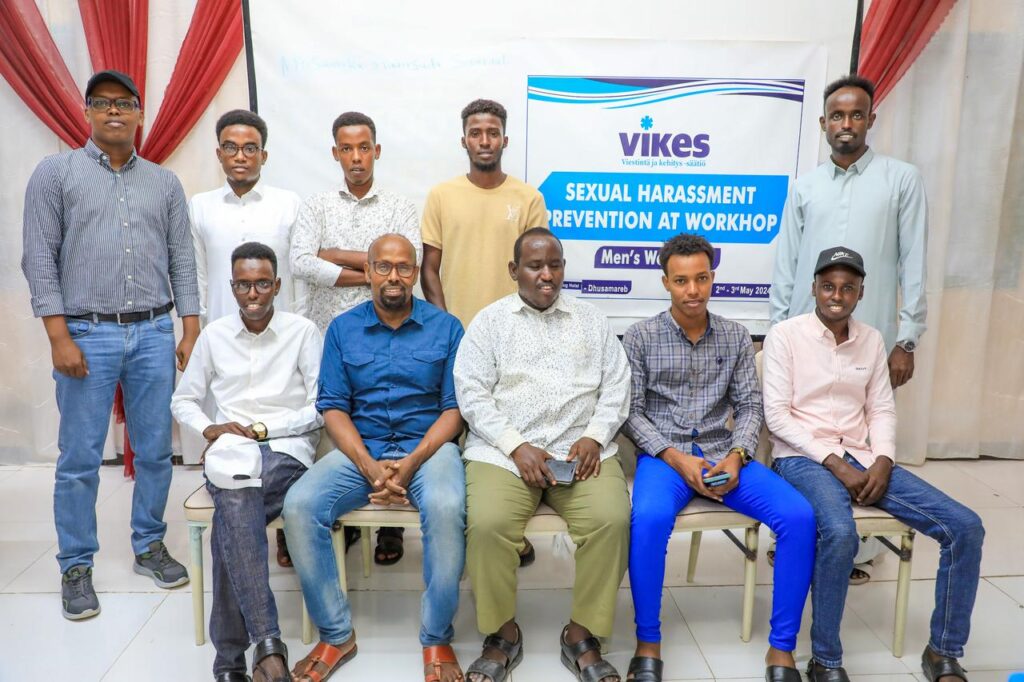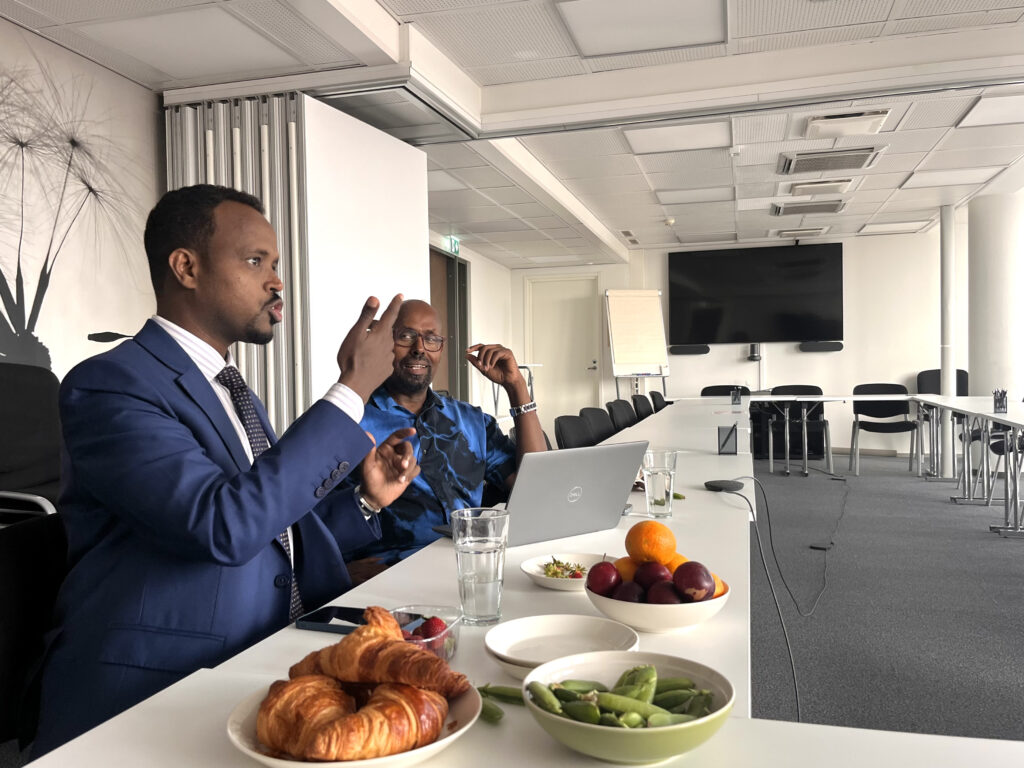Reporters Without Borders published its annual index of press freedom. It argues that disinformation and opinion media are polarising societies everywhere, and that more and more countries are regressing towards authoritarianism and repression of press freedom.
Screenshot from the Press Freedom Index.Today is International Press Freedom Day. To mark the occasion, International Reporters Without Borders published its annual Press Freedom Index.
It identifies two trends.
The first is news and information chaos and its devastating effects on democratic societies. It is caused and accentuated by disinformation and opinion media spread on social media, which the organisation calls “the Fox News model” after the US conservative media.
Another trend is the division of countries into two camps: open societies and despotic countries that control the media and wage a propaganda war against democracies. There is friction and tension between these groups of countries.
One example of this is Russia’s war of aggression in Ukraine, which was preceded by an intense propaganda war. A kind of “communications war” is also underway between India and Pakistan, and the lack of free communication in the Middle East is also exacerbating the conflict between Israel, Palestine and the Arab countries.
In Finland, the index notes that female journalists experience more harassment than men, and that the proportion of ethnic minorities among journalists is low. Finland fell to fifth place in the index, behind Norway, Denmark, Sweden and Estonia.
The story continues after the video.
Myanmar collapses into the ranks of very poor countries
Of all the countries where Vikes operates, Myanmar is the weakest. Its ranking among the 180 countries in the index has plummeted to 176 from 140. Only Turkmenistan, Iran, Eritrea and North Korea remain behind Myanmar.
Reporters Without Borders notes that the 2021 coup d’état shattered the media landscape in Myanmar. The military junta has banned several media, many of which operate clandestinely and from abroad.
According to the organisation, the government-controlled media is nothing but propaganda, which people do not follow very closely. A handful of media houses are trying to balance and serve the public’s access to information without angering the generals.
Vikes’ partner, the Yangon Film School, is still able to operate in the country and train a new generation of documentary filmmakers.
Nepal rises, but women under-represented
Of the Vikes countries, Nepal is the best. It has risen to 76th place, up from 106th last year. The index boasts that Nepal has a rich media landscape: 4 800 newspapers, 880 radio stations, 160 TV channels and more than 3 100 online media. The government owns many outlets, but there are also influential private media.
However, the media are poorly representative of the different groups of the population, the index says. Only 15% of Nepalese journalists are women, and in a conservative society, access to the media for marginalised groups such as lower castes is poor. Marginalised groups, especially in rural areas, have a poor media presence.
Vikes’ Women in Media project aims to increase equality in editorial work, and Vikes’ local partner, the Centre for Investigative Journalism, ensures that all groups are represented in its courses.
Threats and low wages in East Africa
Vikes’ rural media development project in Tanzania, Uganda and Kenya is also operating in difficult conditions.
Tanzania moves up one place in the index to 123rd. Uganda drops to 132nd (from 125th) and Kenya rises to 69th from 102nd.
Tanzanian President John Magufuli died in 2021. He was hostile to the media, while his successor, Samia Suluhu Hassan, has brought hope, which, according to the index, has not yet been redeemed.
A widespread culture of silence makes investigative journalism in Tanzania difficult, and journalists are harassed, arrested and sometimes even disappear.
Tanzania has a large and dynamic media scene, but politicians own several media, which makes it difficult for them to be independent. Commercial media depend on advertising revenue from the state. Journalists’ jobs are precarious and wages are low.
All this is also true in Uganda, where the media has close ties with the party led by President Yoweri Museveni. The president, who has led the country since 1986, is not tolerant of criticism, according to the index, and journalists face threats and violence on a daily basis. The main culprit is the state security forces, the report says.
In both Tanzania and Uganda, the media are also regulated by laws restricting freedom of expression.
In Kenya, the situation is better, but there are problems. In the rich media landscape, politicians and others close to the government own numerous media houses, and the authorities influence both the recruitment of managers and the media’s self-regulatory body.
Covering opposition events and criticising the government can lead to problems, and ethnicity affects journalists’ job opportunities and career prospects, the report says.
Somalia is doing better, but violence remains a problem
Somalia’s ranking in the index improved by 21 points from 161st to 140th. Although there has been improvement, press freedom in Somalia is still worse than in Kenya, Uganda or Tanzania.
The environment is corrupt and dangerous, and Reporters Without Borders reminds us that since 2010, more than 50 people working in the media have been killed in Somalia.
Somali journalists face a lot of pressure and temptation to corruption. Politicians and diplomats own a lot of media, and public funding is easily channelled to pro-government media through opaque channels.
Somali law is highly repressive towards the media, the report says. In addition, the clan culture makes it difficult for journalism to be impartial.
The terrorist organisation al-Shabaab is mostly behind the violence, but as in the past, the authorities also arrest and torture journalists. In Somaliland and Puntland in particular, the media are under intense pressure from the authorities.
In general, criminals are not convicted, but there are small glimmers of hope – in Somalia, for example, a special prosecutor has been appointed to investigate the killing of some 50 media professionals.
Central America slips deeper into the path of oppression
Vikes’ partner countries in Central America continue a weak trend that has been going on for years. Nicaragua falls to 160th place, down from 121st last year. Honduras is close behind at 165, up from 151. El Salvador is also going downhill, and is now ranked 112, down from 82.
Nicaragua’s head of state Daniel Ortega was elected in November for his fourth consecutive term, and the media in the country is facing a nightmarish cocktail of censorship, pressure and intimidation. A large number of journalists have fled the country, and the index says it is no longer safe to do journalism inside the country.
Digital newspapers such as Vikes’ partner Onda Local operate mainly from exile, and few journalists still working in Nicaragua are very careful not to publish their names in stories.
The country has strong laws regulating the media.
Honduras also has strict legislation. Reporters Without Borders says that the Honduran media has slowly descended into a nightmarish disaster over the past decade.
Violent crime and corruption are commonplace, and libel trials are commonplace. In particular, journalists are harassed by the military police and the armed forces, and many journalists have also gone into exile in Honduras.
El Salvador is the friendliest of the three for journalists, but that hardly comforts Salvadoran journalists. President Nayib Bukele regularly paints a picture of journalists as enemies of the people, and the anti-media climate has led to threats and police attacks on journalists as they work in the streets. Most of the journalists who are persecuted are women.
In autumn 2021, a large number of journalists, including Vikes’ partners, were victims of espionage.
Vikes works in countries where press freedom is under serious threat. Find out more about our work and projects on our work page.




